Criteria for Essentiality
Plant Nutrition - Plants that uses different mineral and water for their nutrition is called plant nutrition. Weathering of rock mixing of dead bodies of plants and animals with the soil make the soil fertile and there is addition of different elements within the soil from the body of the organisms. This this type of elements and organisms are the major source of different macro and micro elements which are associated with the development and growth of the plant. This elements remain in the soil as a form of salt or ions which then either dissolve in water or mix with water and actively transported by the xylem tissue to the leaves of green plants. Uptake of nutrients by the root of plant is dependent upon the pH of the soil as extreme alkalinity may effect the uptake or extreme acidity may also affect the uptake.
In 1939 Arnon and Stout express the term essentiality of the nutrients by the plants,
according to them the elements those are categorised in the Essential elements
that element must fulfill this criterias below.
Elements must have important role in the cycle of plant metabolism-an element is only said to be essential when its main function directly associated with the several activities in plants life so that deficiency of it main express a proper appropriate symptom.
Absence of that particular element cannot be substituted with the other elements - if the specific elements have a specific function in the development and metabolism of the green plants . So absence of any one of the element may affect the plants life.
That element which is essential for plant nutrition must have specific and direct role in metabolism- because that elements will be essential only for their function in the direct physiological activities or metabolism in plants body.
These are the major function and criteria for the essential element. But Essential elements are different from beneficial element because beneficial elements include those who are having important role in the neutralization of toxicity of other elements or can be substituted for the function of other elements have some beneficial role on the development of the plants life. Application of beneficial elements means plants are not growing and developing according to their genetic capability but they are controlled by the application of different beneficial materials for planning development.
Minerals that are required for the growth of the plants are following-
1. Carbon hydrogen oxygen are supplied by the air to the plants that enter the plant by the pores of the stomata.
2. 6 macronutrients like nitrogen potassium Phosphorus Sulphur calcium magnesium they get from the soil as a comma salt feet enter the plant body by the active transport or osmosis by dissolved in the water through the unicellular root hair.
3. Rest of the elements are required in very small amount and are known as micronutrients. They are required very small in amount but without them their presence, there are appearance of some symptoms in the plants. The micronutrients are chlorine copper iron manganese magnesium zinc sodium molybdenum Nickel Silicon Cobalt.
From Criteria for Essentiality to HOME PAGE
Recent Articles
-
What Is Plasma? | Blood Plasma | Proteins | Nutrients | Cholesterol
Nov 07, 25 10:29 AM
Blood is a mobile fluid which is a connective tissue and is derived from the mesoderm like cell any other connective tissue. Colour of blood is reddish and that flows inside the blood vessels by means… -
Disorders of Respiratory System | Tuberculosis | Pleurisy | Emphysema
Oct 28, 25 11:39 PM
Tuberculosis is very common disease and is caused by a type of bacteria called Mycobacterium tuberculosis. This disease causes different trouble in the respiration and infection of several parts of th… -
Regulation of Respiration | Respiratory Centres | Inspiratory Area |
Oct 14, 25 12:13 AM
Respiratory Centre is the area that controls the rate of respiration and it is observed to be located in medulla oblongata and pons. Respiratory Centre has the following will dispersed components like… -
Explain Transport of Gases | External Respiration | Tissue Respiration
Oct 09, 25 11:35 PM
In humans gaseous exchange is completed in the following ways the steps are - External Respiration or Breathing - Breathing in false taking in of Oxygen and giving out of carbon dioxide in the body. M… -
Kind and Number of Teeth | Location of Teeth in Mouth | Care of Teeth
Sep 11, 25 12:52 AM
Kind and Number of Teeth
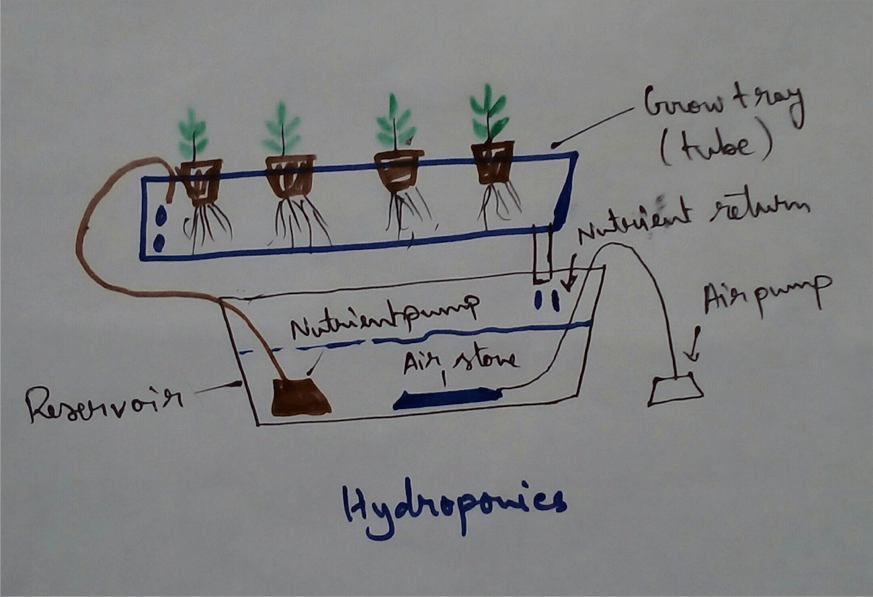
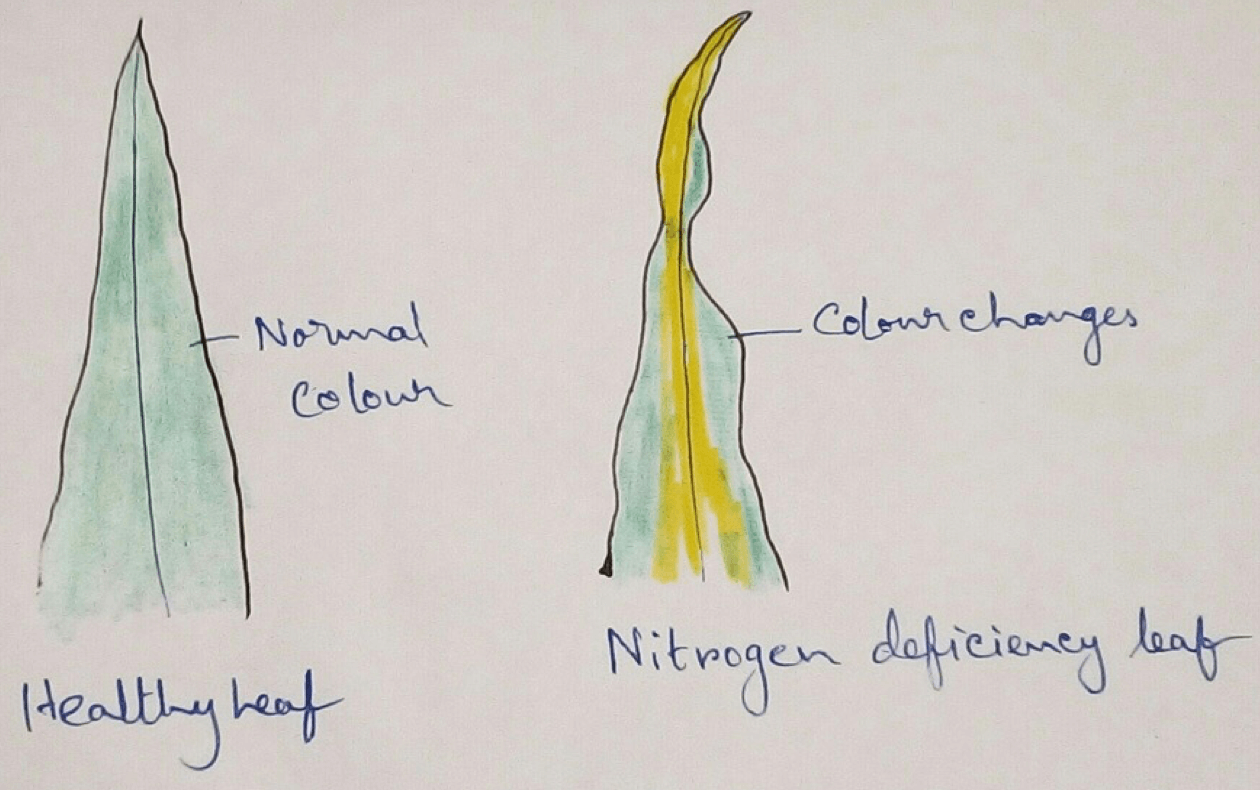
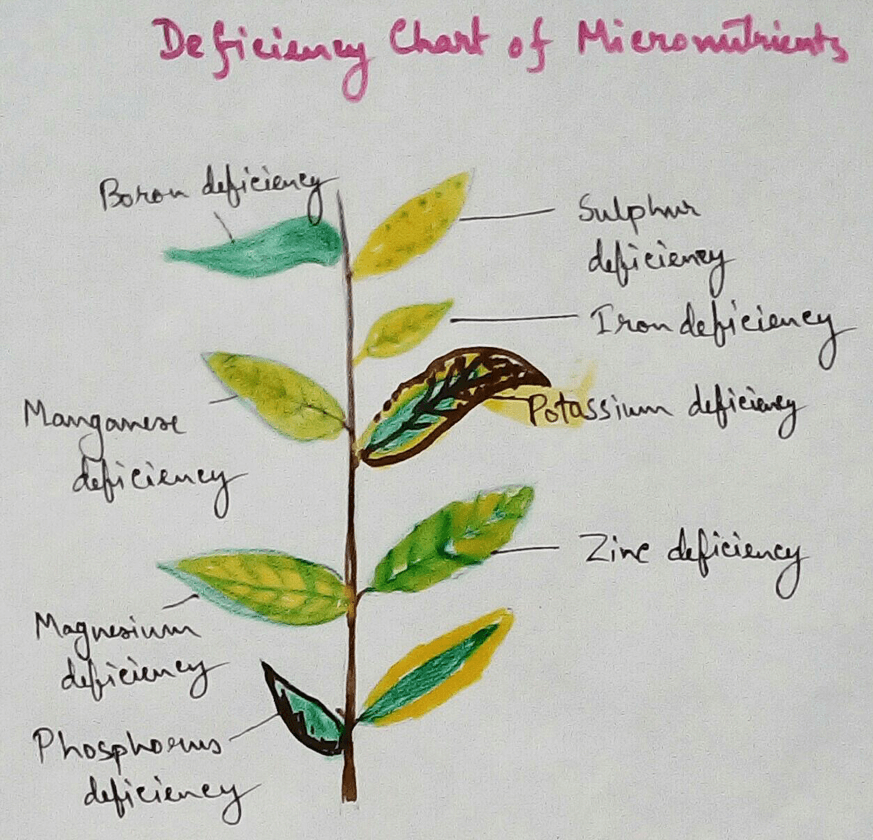

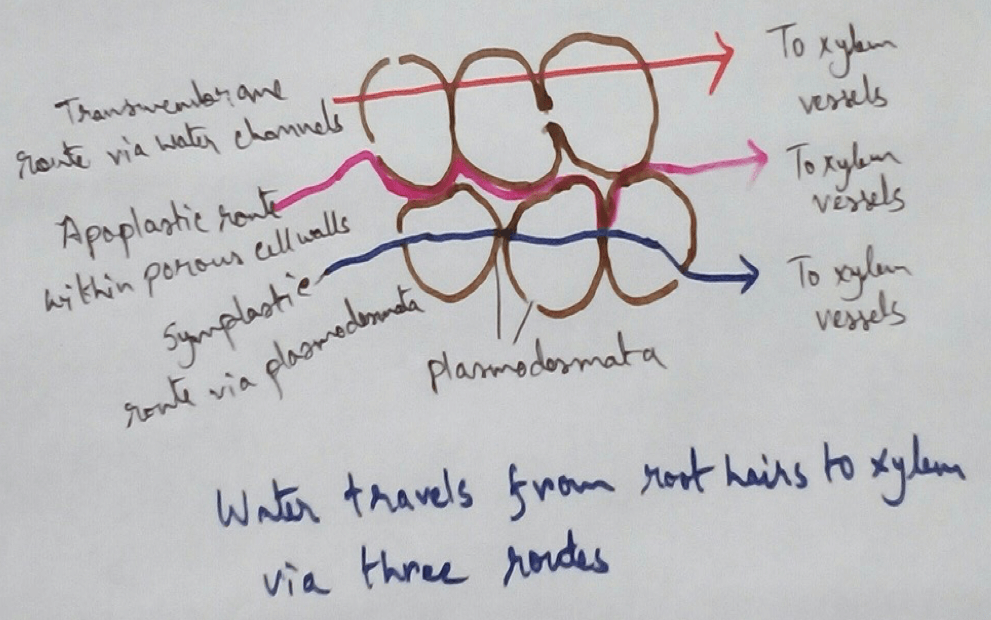
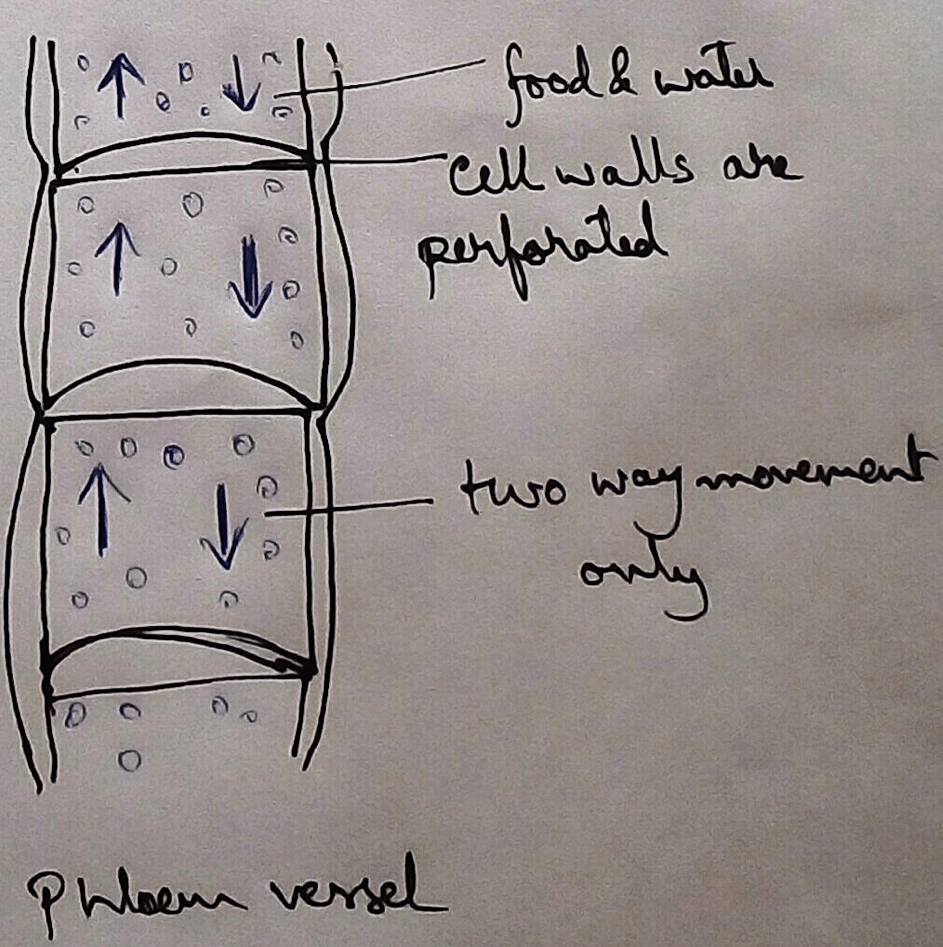
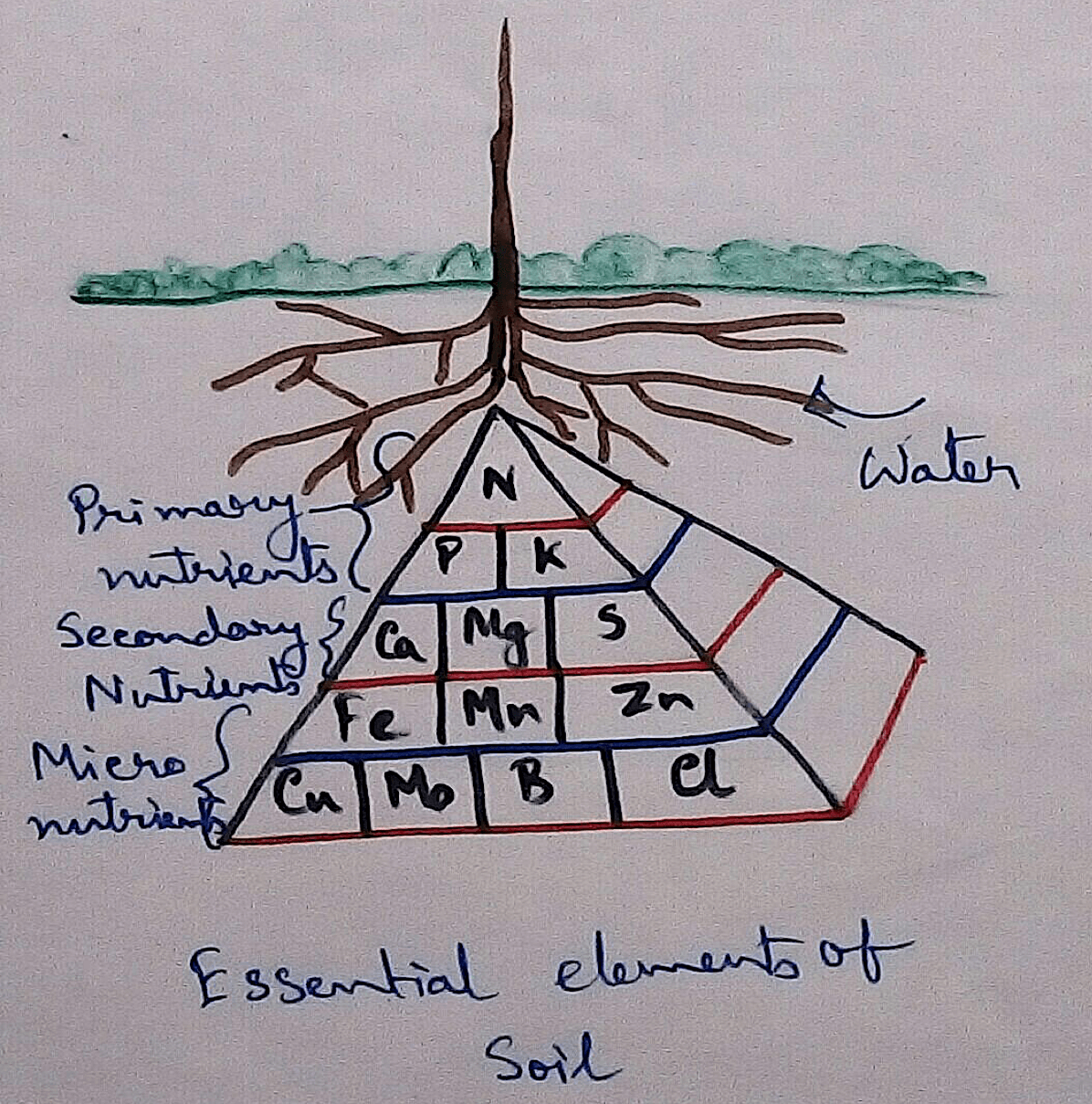
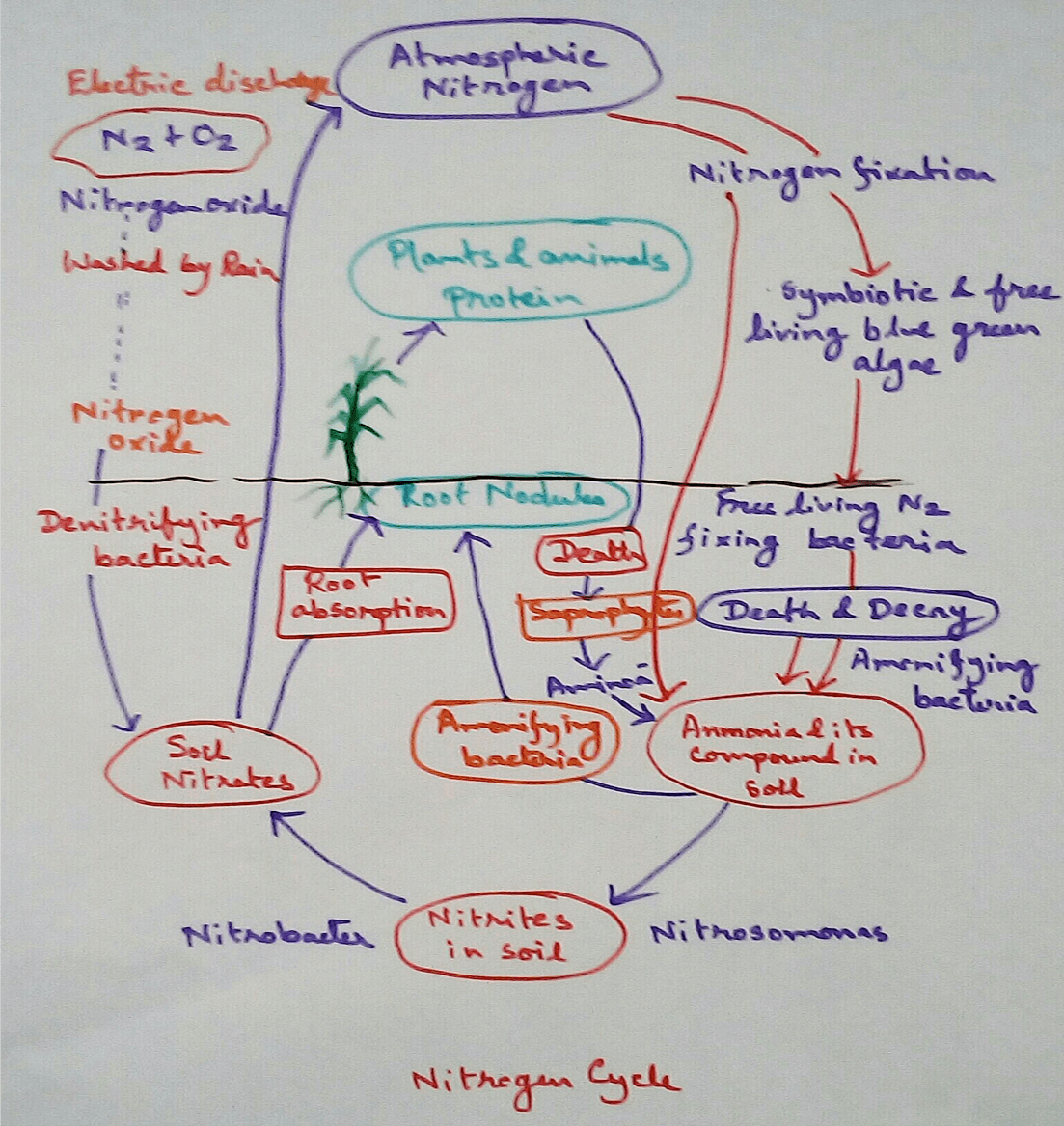





New! Comments
Have your say about what you just read! Leave me a comment in the box below.